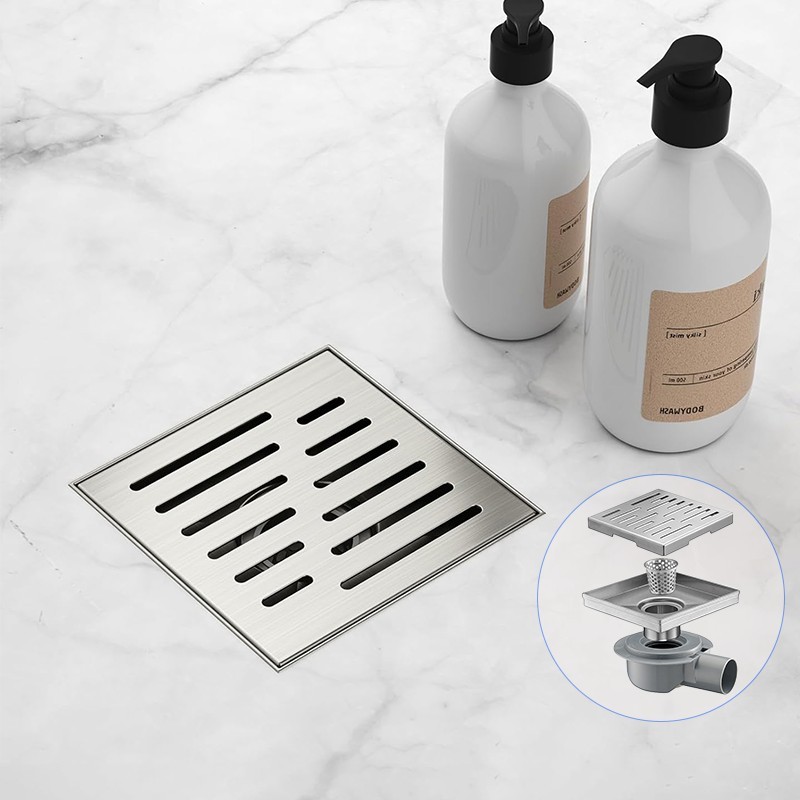How To Clean A Shower Floor Drain?
A clean Shower Drain is essential for maintaining proper water flow and preventing clogs, odors, and bacterial growth. Over time, hair, soap scum, and debris accumulate in the drain, leading to blockages and unpleasant smells. Regular cleaning ensures optimal function and hygiene. Below is a step-by-step guide to effectively clean your shower floor drain.
Materials Needed
Rubber gloves
Needle-nose pliers or a drain key
Old toothbrush or small scrub brush
White vinegar
Baking soda
Bucket or basin
Hot water
Microfiber cloth
Step-by-Step Instructions
Remove the Drain Cover
Put on rubber gloves for hygiene and protection. Most drain covers can be removed by hand; twist counterclockwise or lift gently. If the cover is secured with screws, use a screwdriver. For stubborn covers, needle-nose pliers may be needed to grip and turn it.
Extract Visible Debris
Use needle-nose pliers or your gloved hands to pull out hair and debris from the drain opening. Dispose of this material in a waste bin to avoid further blockage.
Clean the Drain Cover
Soak the drain cover in warm, soapy water. Scrub it with an old toothbrush to remove soap scum and grime. Rinse thoroughly and set it aside.
Apply Baking Soda and Vinegar
Pour half a cup of baking soda directly into the drain. Follow with one cup of white vinegar. The mixture will fizz, helping to break down organic material and dissolve minor clogs. Let it sit for 15–20 minutes.
Flush with Hot Water
After the waiting period, pour a kettle of hot water (not boiling) down the drain to rinse away residue. Repeat if necessary.
Use a Drain Tool for Deep Clogs
If water still drains slowly, insert a drain snake or auger into the pipe. Rotate it gently to break up or retrieve deep clogs. Avoid chemical drain cleaners, as they can damage pipes and are harmful to the environment.
Reassemble the Drain
Once the drain is clear, wipe the surrounding area with a microfiber cloth. Replace the drain cover and secure it properly.
Maintenance Tips
Clean the drain every two weeks to prevent buildup.
Install a hair catcher to reduce debris entering the drain.
Pour a mixture of hot water and vinegar down the drain weekly to minimize residue.
Regular maintenance ensures long-term functionality and prevents severe blockages. If problems persist, consult a professional plumber to assess the issue.




